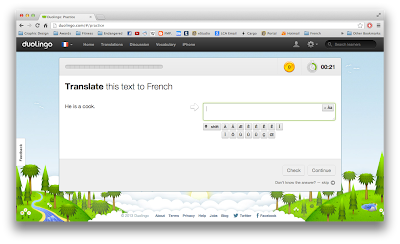Also, to make this possible, we have set ourselves a set of tight deadlines to ensure a smooth hand-in:
- 28/02 14:00 - Design material finished, printed on selected stock.
- 28/02 15:00-18:00 - Book binding.
- 01/03 Morning - Photograph mock-ups.
- 01/03 14:00 - Print slot.
- 01/03 16:00 - Concept deadline.
We want to explore book binding because we feel it will give the best representation of our concept. This is only possible if we meet these deadlines, so a quick design turn-around is vital. Concise decision making while maintaining a level of quality throughout is needed tomorrow, but I am confident we can pull it off.









































